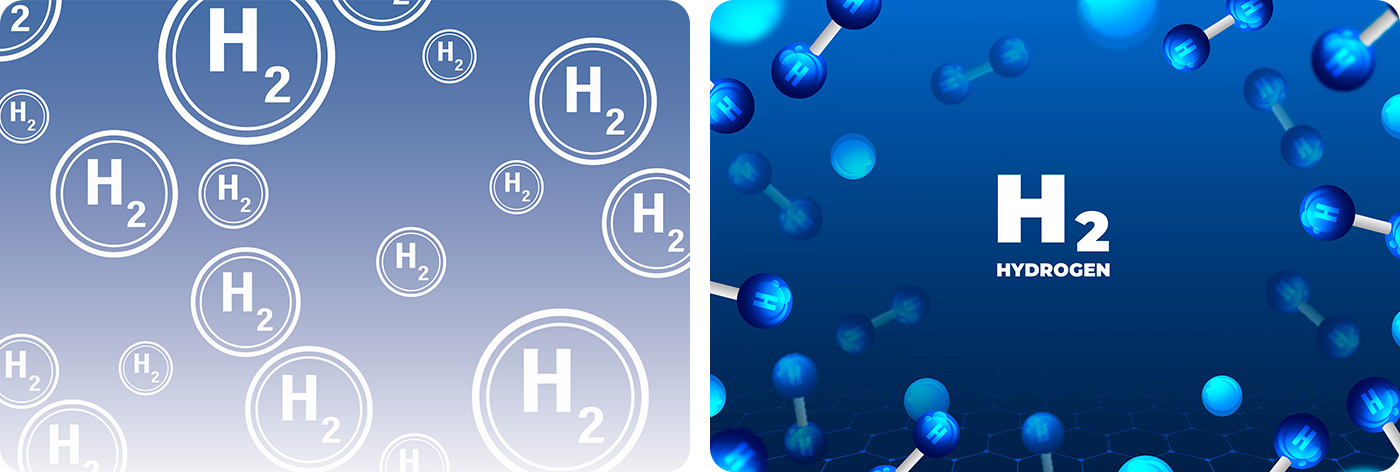Applications Cases
Hydrogen Embrittlement
Hydrogen embrittlement occurs when hydrogen infiltrates metals, decreasing ductility and increasing brittleness, which can be problematic, especially in high-strength metals.
Instrumented indentation testing allows precise evaluation of microstructural changes, deformation, and crack formation due to hydrogen embrittlement through load-displacement curves. Additionally, it enables real-time, non-destructive monitoring of material interactions with hydrogen in various gaseous and liquid environments.

The procedure begins by exposing materials to hydrogen gas or hydrogenated liquids in controlled temperature and pressure conditions to induce hydrogen penetration. Instrumented indentation testing then applies minute loads to the material's surface to obtain load-displacement curves. The difference between the curves for hydrogen-penetrated and non-penetrated materials is analyzed.
In the low-carbon hydrogen era, instrumented indentation testing is essential for assessinghydrogen embrittlement in pipelines, storage containers, reformers, valves, and other equipment used in hydrogen production, supply, and utilization, ensuring the safety of hydrogen systems.
Evaluating hydrogen embrittlement sensitivity of automotive parts (e.g., high-strength steel bolts) using instrumented indentation testing allows precise measurement of crack initiation points and brittleness. Hydrogen embrittlement evaluations in nuclear and wind power sectors (e.g., turbine blades, power plant piping) also help ensure component reliability.

 Directions
Directions


